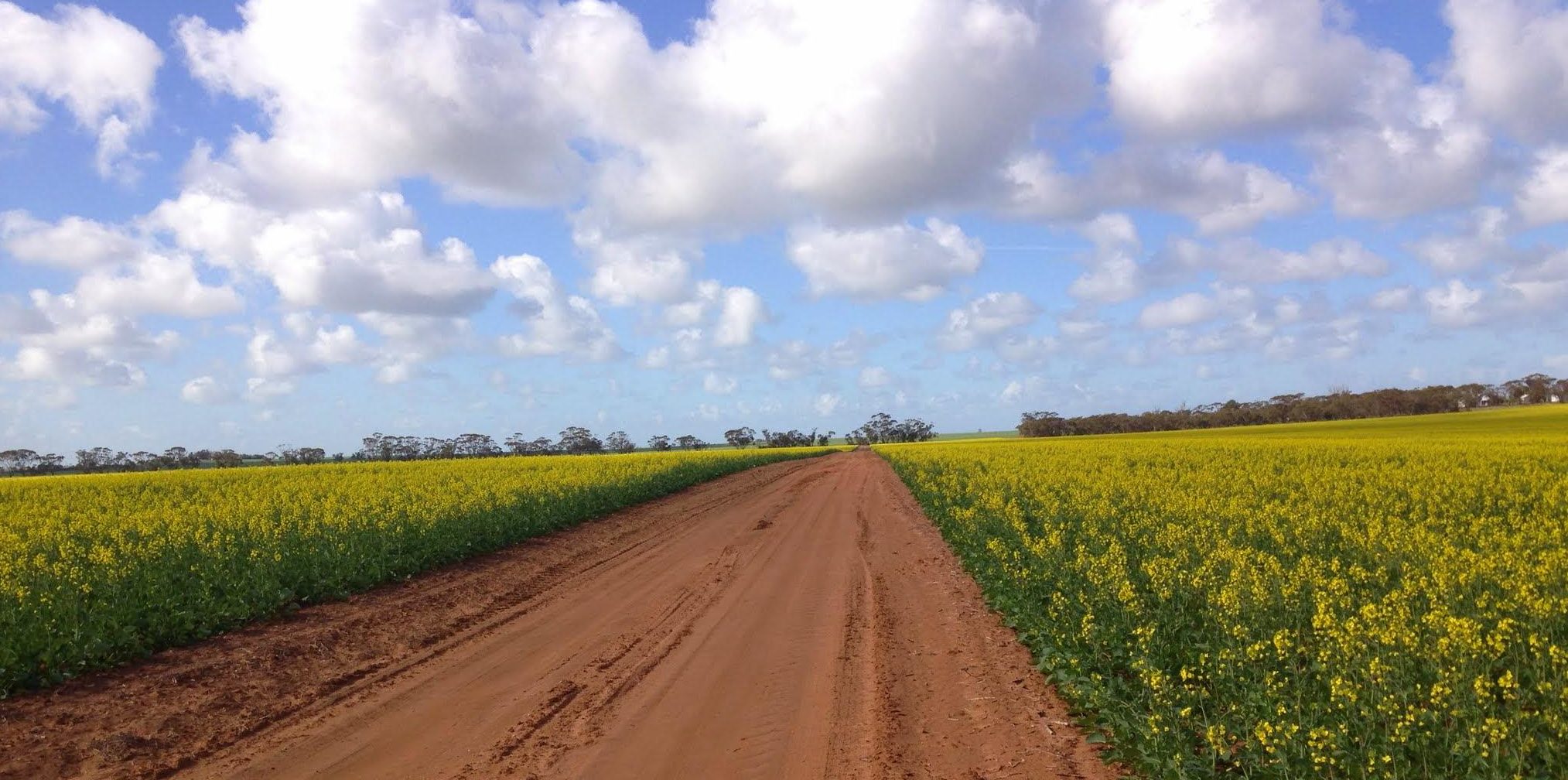Farmers in 2016 suffered a major blow to their bottom line, pressured by everything from persistently low commodity prices to a stronger dollar. Farmer incomes in 2016 fell by double-digits, marking the third straight year of declines, according to the United States Department of Agriculture (USDA).
Net farm income is forecast to revisit 2009 lows, plummeting by 17.2 percent in 2016 to $66.9 billion, down from $80.9 billion last year. Meanwhile, net cash farm incomes are forecast to be $90.1 billion this year, which reflects a 14.6 percent drop over 2015 levels pressured largely by lower livestock receipts.
Economists and farmers alike compare the latest cyclical downturn to conditions in the 1980s – when incomes were plummeting and debt levels were rising – but stronger debt-to-asset ratios today coupled with the lessons learned from the last crisis could be the antidote to an otherwise concerning year.
James Williamson, an Economist at the USDA who is also on the team that compiles these forecasts, says the big story surrounds livestock and animal product receipts, which are down by more than $23 billion versus 2015. “Livestock receipts are falling, not because there are fewer units but because the price of livestock has gone down so much. It’s a function of commodity prices,” he tells GAI News.
Crops tell a different story, with total crop cash receipts, which the USDA defines as “cash income from crop sales,” basically flat with 2015 and buoyed by soybean production.
“What we’re seeing in the heartland is they’re being bolstered by soybean production, the one major driver of crop receipts going up,” says Williamson. “There’s lots of supply, lots of soybean production. But put together with the price there is an increase in crop receipts for soybeans.”
Feed crops such as corn, however, continue to suffer declines in a scenario where weak prices overshadowed any rise in production. Indeed, corn cash receipts in 2016 declined by nearly $2 billion, or four percent versus prior year levels, driven by weak prices. Wheat, rice, vegetable, and melon as well as fruits and nuts cash receipts experienced similar declines.
Terry Kastens, an emeritus professor at Kansas State University who is the financial manager of the family’s wheat and corn farm in the Northwest region of the state, is experiencing firsthand the tougher dynamics.
“This will be the third year in a row basically that we’ve lost money, lost equity,” he tells GAI News. “Last year was probably worse than this year but we probably lost two percent to three percent in equity again this year. Most farms in Kansas will be losing money this year. While farmers in the Corn Belt didn’t begin taking their income hit until 2015, losses for the Sunflower State have persisted since 2014.
Back to the 80s
For both Williamson and Kastens, there’s no denying the similarities between today’s farming conditions and the farming and credit crisis of the 1980s.
“Last time we saw incomes fall this much was in the early 1980s. The difference is asset values are much higher now and debt levels are relatively low. We are not seeing solvency affected and farmers are able to meet their obligations. So that’s the big difference,” says Williamson.
Kastens says the differences this time around are two-pronged. “When you’re in a better equity position, you don’t see as many fire sales. You don’t see as many bank foreclosures or banks trying to force people to sell out. We haven’t seen the forced sales that we saw in the 80s,” he explains.
Secondly, today’s low interest rate environment for borrowers has been a plus. “We had 21 percent interest in the 80s. That’s a killer if you’ve got much debt,” says Kastens. Worse, much of the farmland then was purchased at variable rates, which forced farmers into a corner when interest rates shot up. Much of the land purchased in the past decade was acquired with little debt at fixed rates.
While Kastens is not necessarily losing sleep over the current market environment, he admits there is cause for concern. “If you farmed through the 80s, you nearly went broke. We’re used to thinking about these kinds of things. But we are concerned,” he says.
Farmers are also attempting to negotiate lower rents when their contracts — which generally last for three years — are up so that they can break even or earn some profit.
The downturn of 2016 has not left any farmers unscathed but it has been harder on some than others. Kastens tells how in his Kansas county three young farmers have walked away in the last 12 months.
“That’s significant in our area. They quit because they can’t make a living at this anymore,” he says. “There will be more over the next 12 months, without any doubt. But it won’t get to the point of the eighties where people were hanging themselves and dragging tractors through Washington, D.C.”
For those farmers who are able to stick it out, Kastens can spot a light at the end of the tunnel – 2018 will likely be a turnaround year. “If there’s a lousy corn crop in the Corn Belt next year, that could start getting people more excited. What everybody thought would be another money-losing year could become a small profit year in 2017. But 2017 will not be a great year no matter how you look at it. There are too many grains, too much supply in the U.S. and around the world.”
The USDA continues to collect data as farmers are still marketing their crops for next year. The agency will provide its final 2016 results in August 2017.
—
Gerelyn Terzo

